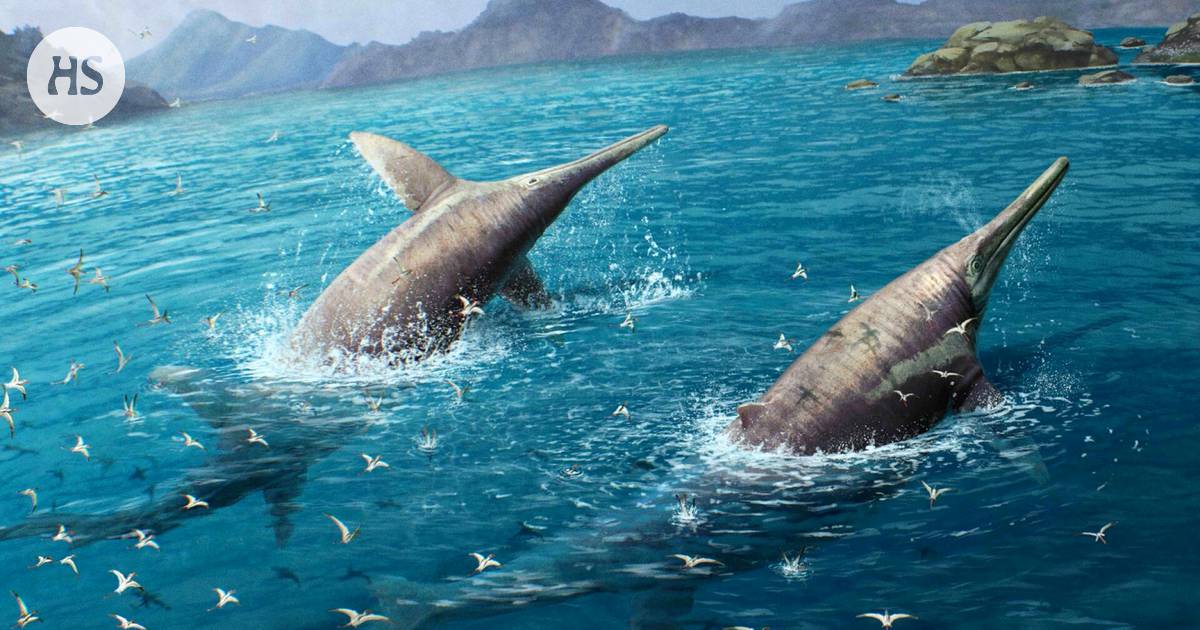New research has uncovered evidence of the largest marine reptile to ever grace the world’s oceans, a creature that could grow up to 25 meters long and lived nearly 200 million years ago at the end of the Triassic period. The fossilized jawbone of this massive fish lizard was discovered on a beach in Somerset, UK in 2016, with another similar jawbone found in the area just last year.
Dean Lomax, a paleontologist from the University of Bristol, explains that based on the size of these jawbones, which are over a meter and two meters long, they estimate that the entire animal was about 25 meters long – roughly the length of a blue whale. However, more evidence is needed to confirm its true size and species. The researchers believe that Ichthyotitan severensis went extinct following a mass extinction event.
These fish lizards were top predators of their time, much like killer whales today. Previous giant fish-lizard fossils have been found in Asia and North America but this new discovery suggests that a new species may have existed in Britain. Neil Kelley, another paleontologist involved in the study notes that this is an important period for ichthyosaur fossils as it marks the end of their reign as marine reptiles during the late Triassic period.
Researchers are eager to delve deeper into these findings and determine exactly what species these giant fish lizards belonged to and what they can learn from studying them about life on Earth’s ancient seas and marine ecosystems.


